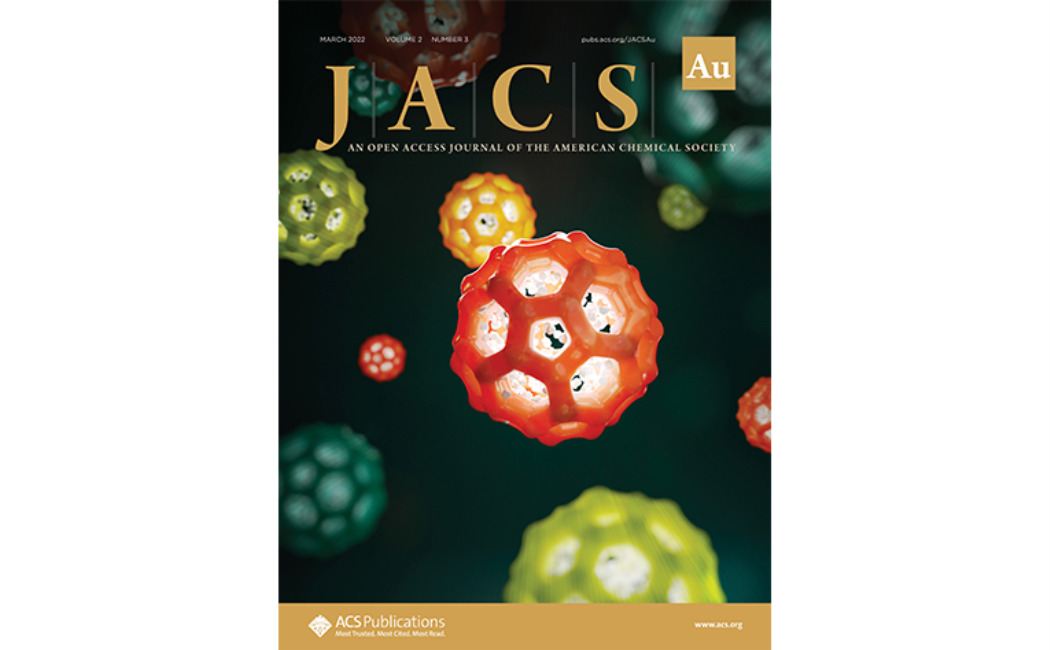Chand, S.; Alahmed, O.; Baslyman, W. S.; Dey, A.; Qutub, S.; Saha, R.; Hijikata, Y.; Alaamery, M.; Khashab, N. M., DNA-Mimicking Metal–Organic Frameworks with Accessible Adenine Faces for Complementary Base Pairing. JACS Au 2022, 2, 623-630
Biologically derived metal–organic frameworks (Bio-MOFs) are significant, as they can be used in cutting-edge biomedical applications such as targeted gene delivery. Herein, adenine (Ade) and unnatural amino acids coordinate with Zn2+ to produce biocompatible frameworks, KBM-1 and KBM-2, with extremely defined porous channels. They feature an accessible Watson–Crick Ade face that is available for further hydrogen bonding and can load single-stranded DNA (ssDNA) with 13 and 41% efficiency for KBM-1 and KBM-2, respectively. Treatment of these frameworks with thymine (Thy), as a competitive guest for base pairing with the Ade open sites, led to more than 50% reduction of ssDNA loading. Moreover, KBM-2 loaded Thy-rich ssDNA more efficiently than Thy-free ssDNA. These findings support the role of the Thy-Ade base pairing in promoting ssDNA loading. Furthermore, theoretical calculations using the self-consistent charge density functional tight-binding (SCC-DFTB) method verified the role of hydrogen bonding and van der Waals type interactions in this host–guest interface. KBM-1 and KBM-2 can protect ssDNA from enzymatic degradation and release it at acidic pH. Most importantly, these biocompatible frameworks can efficiently deliver genetic cargo with retained activity to the cell nucleus. We envisage that this class of Bio-MOFs can find immediate applicability as biomimics for sensing, stabilizing, and delivering genetic materials.
https://pubs.acs.org/doi/10.1021/jacsau.1c00516


